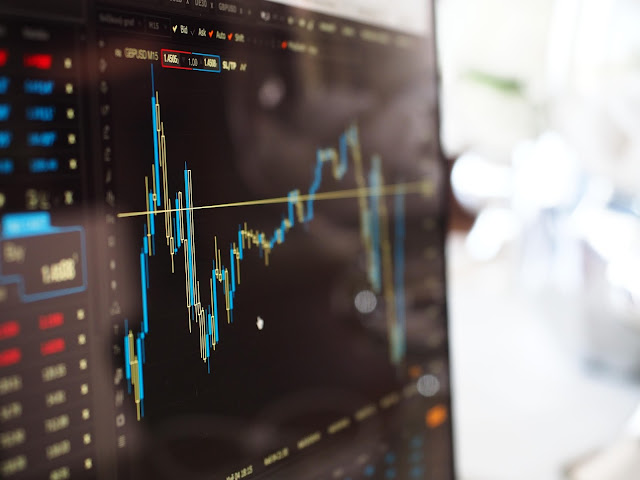It wasn't supposed to be like this ..... 2018 and all that.
ref :- "Wall Street Left Reeling as 2018 Upends Almost Every Bet" , Bloomberg Markets
With everything else going on, it was easy to forget the fact that we slipped into the second half of the year over the weekend. We don't know how "H1" went for you, but the Bloomberg article suggests that things have panned out very differently to most of the expectations expressed at the start of the year. As they put it : "The half that began with "melt-up" euphoria ended with melt-down fear".
A Bloomberg list of asset classes and their performance so far this year will make uncomfortable reading for those who were slow to recognize that a new and altogether more testing reality has set in in 2018. The worst performers ? In 3rd place : Euro-denominated debt. In 2nd : Emerging Market debt, and the worst of all was Emerging Market stocks. If you remember (and it does seem like an awfully long time ago), emerging markets were the go-to favourites back at the beginning of the year. An unexpectedly strong dollar, buoyed by (amongst other things) steadily climbing rates, put paid to that theory, and the escalating trade war has undermined hopes for global growth. China, the standard-bearer for emerging markets, has seen its stock indices turn into bear markets (defined as a 20% retracement from the recent high).
At the other end of the scale, the top performers were : in third, the Jap. Yen. ; in second the US Dollar, and star asset class for H1 2018 is Oil .... naturally. The Yen of course benefits from its status as a safe-haven, which tells us a great deal about the market's current state of mind. Much the same can be said these days of the US unit, which also has that added support of continuing Fed tightening. And Oil ? The OPEC + deal to curb production was not only adhered to, but problems in places like Venezuela, Libya and Nigeria meant that production was in fact at an even lower level than had been agreed.
Everything really changed back in February. One might describe the sharp reverses seen at that time as a case of complacent traders, lulled into a false sense of security by years of central banks injecting liquidity (via Quantitative Easing etc), suddenly scrambling to unwind huge "short volatility" positions. One might also add, if one was feeling uncharitable, "about time, too", but that hiatus that started in equity markets and spread right across asset classes signalled that a change had occurred. Whilst a rampant technology sector and strong US growth and corporate earnings suggest that the good times are not necessarily over for everybody, the days of buying almost anything you want and just expecting positive returns almost certainly have gone. Traders can no longer ignore risks in the way they have been doing for so long.
So what about H2 2018 ? The suggestion is that H1 was just the start .... with markets still having to get their heads around the fact that the safety net of liquidity provided by central banks is being withdrawn and that rates are on the rise, globally and not just in the US. How quickly the world's central banks are able to follow the US Fed's lead in tightening remains to be seen of course, but the key for those asset classes in emerging markets that have performed poorly in 2018 will remain US rates and in particular the US dollar, widely acknowledged to be the biggest factor in the decline of "global financial health".
Given the recent poor record of majority views on currency markets, perhaps one should not be overly confident of continued dollar strength but that's what the options markets are telling us. That would be bad news for vulnerable emerging markets in particular, but the cost of hedging against large swings in currency and equity markets is once more at its highest since just after the February shake-out and points to wider concern. That seems fair enough .... the list of economic and geopolitical factors that could throw a spanner in the works seem to be growing by the day.
And Oil ? President Trump is leaning heavily on Saudi Arabia to make up for the supply shortfall that will occur once his sanctions on Iranian oil come into play in November. That's all well and good, and you might think that the fact the Saudis have the capacity to ultimately expand production by 2 million barrels per day could be expected to keep a lid on prices. The trouble with that is that if they use that extra capacity (and they're the only ones who've got it), the buffer against future supply problems is removed. Many in the oil market will tell you that the rather than being a bearish factor, the prospect of Saudi Arabia hitting FULL production capacity is actually bullish for prices.
We shall see .... but the last thing that the global economy needs right now is a $100 + label on a barrel of crude oil.



No comments